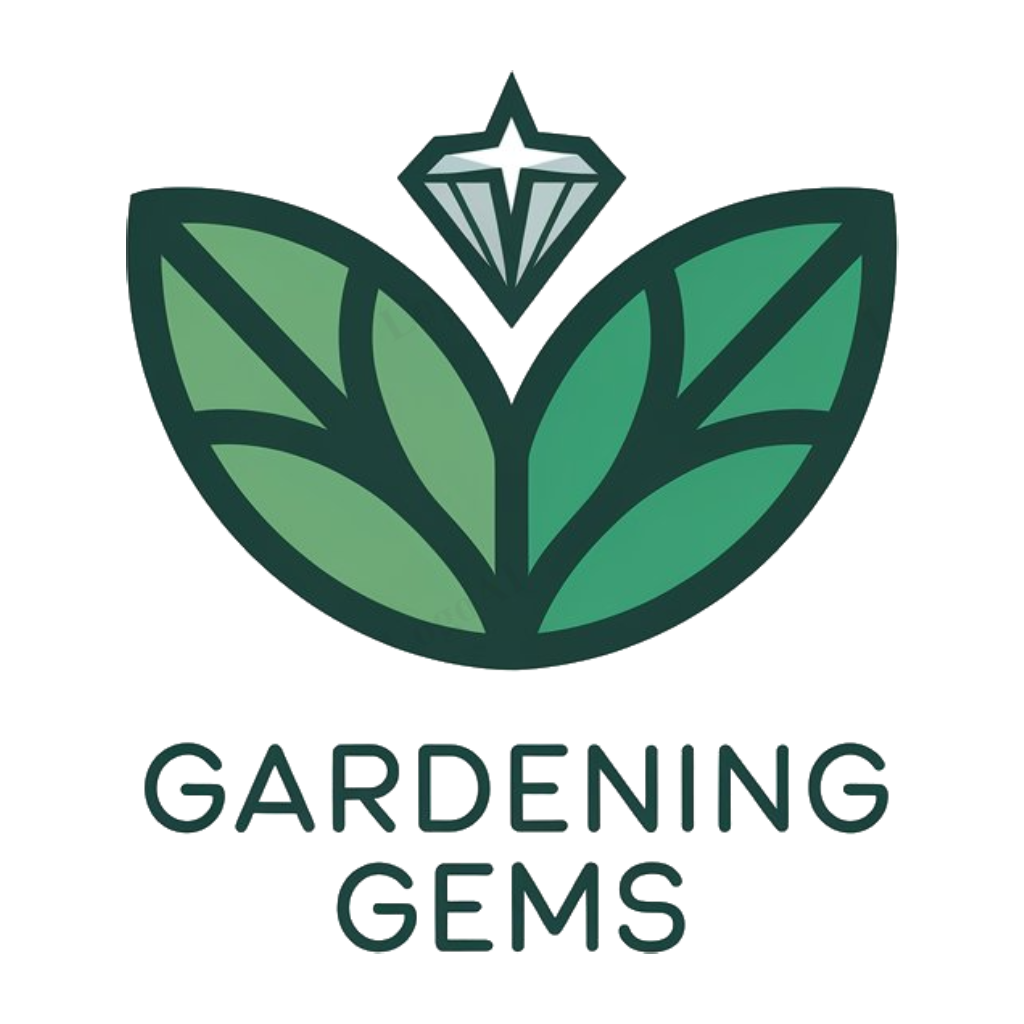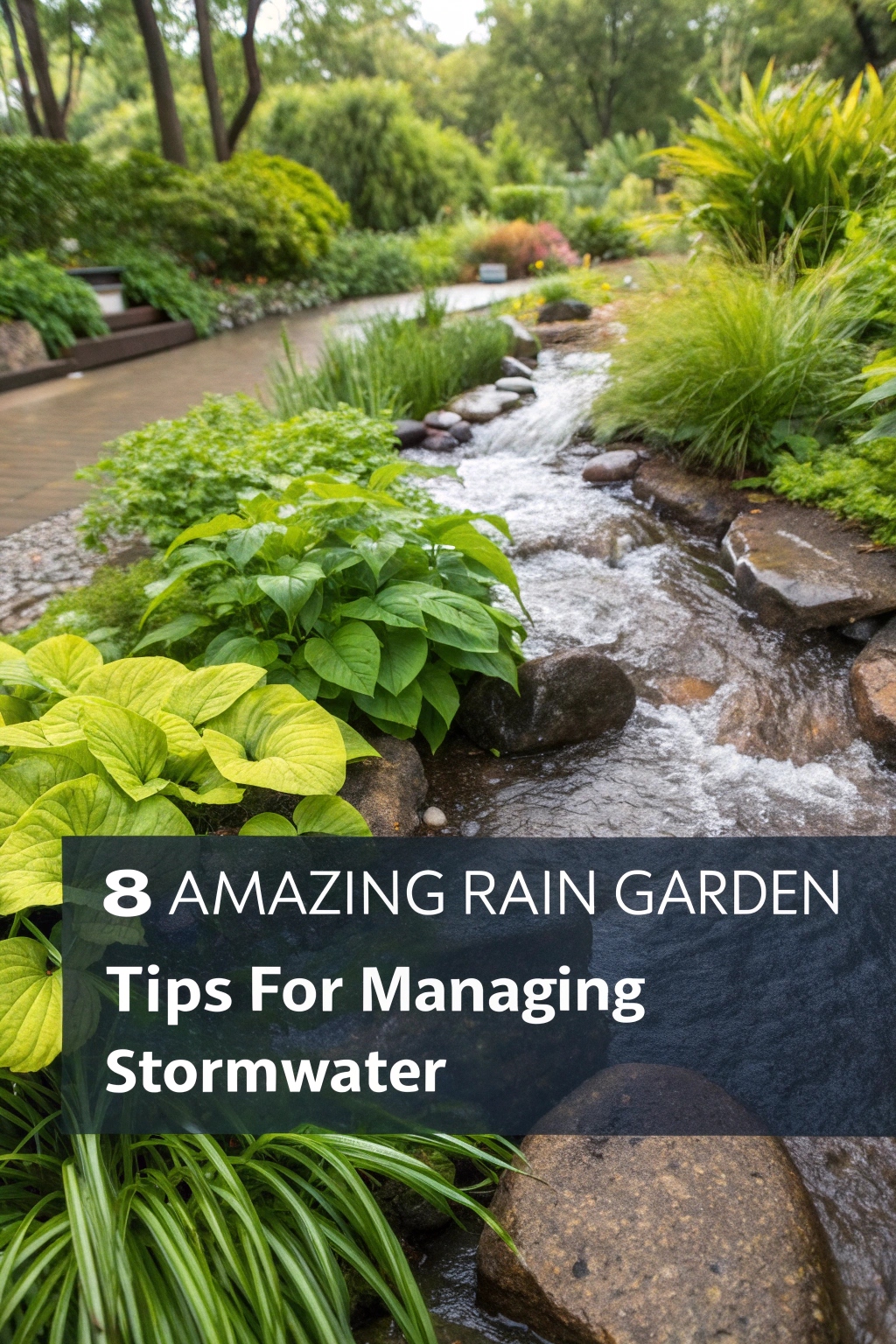You’ve likely seen a community transformed by a single rain garden, like the one in Seattle that reduced stormwater runoff by 90%. This is amazing, and you can do the same in your community. By designing a rain garden, you can help the environment and make your neighborhood a better place.
To make your rain garden thrive, you need to consider important factors like soil and plant selection. Your choices will impact its success, so it’s crucial to make the right ones. By following some simple tips, you can create a beautiful and functional rain garden that helps manage stormwater runoff.
Choosing the Right Location for Your Rain Garden
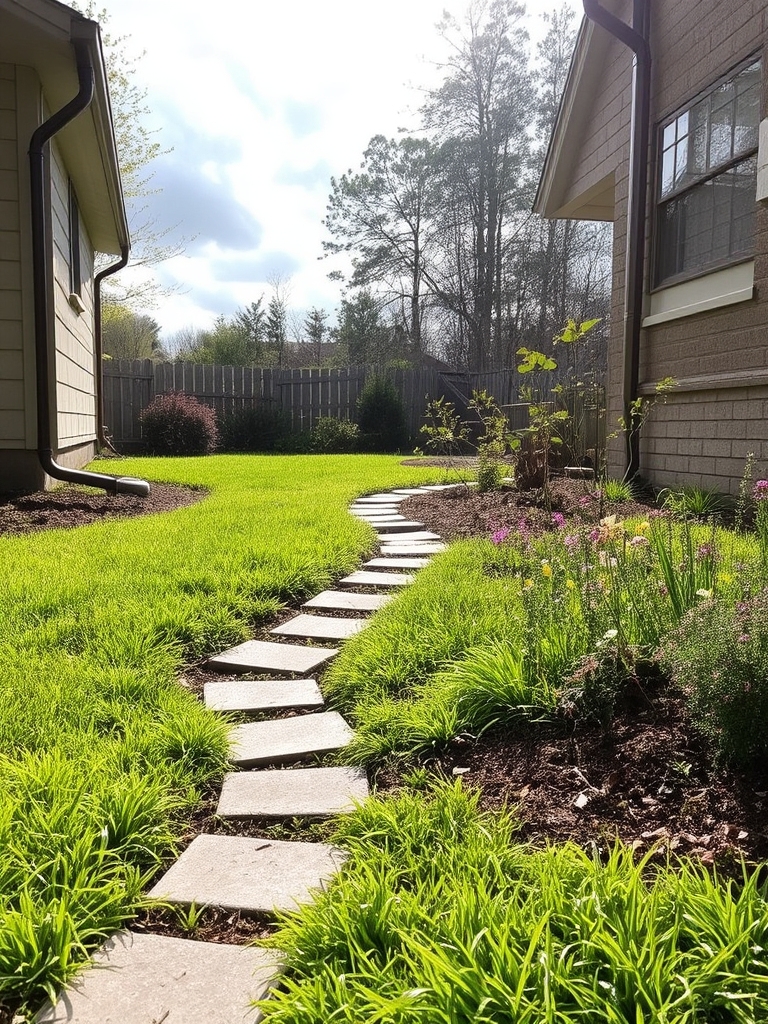
When choosing a location for your rain garden, select a spot that receives runoff from your roof, patio, or driveway. Opt for a low-lying area with well-draining soil, at least 10 feet away from your home’s foundation. Avoid sloping areas and those with standing water to guarantee proper drainage and function.
Selecting Plants for a Thriving Rain Garden
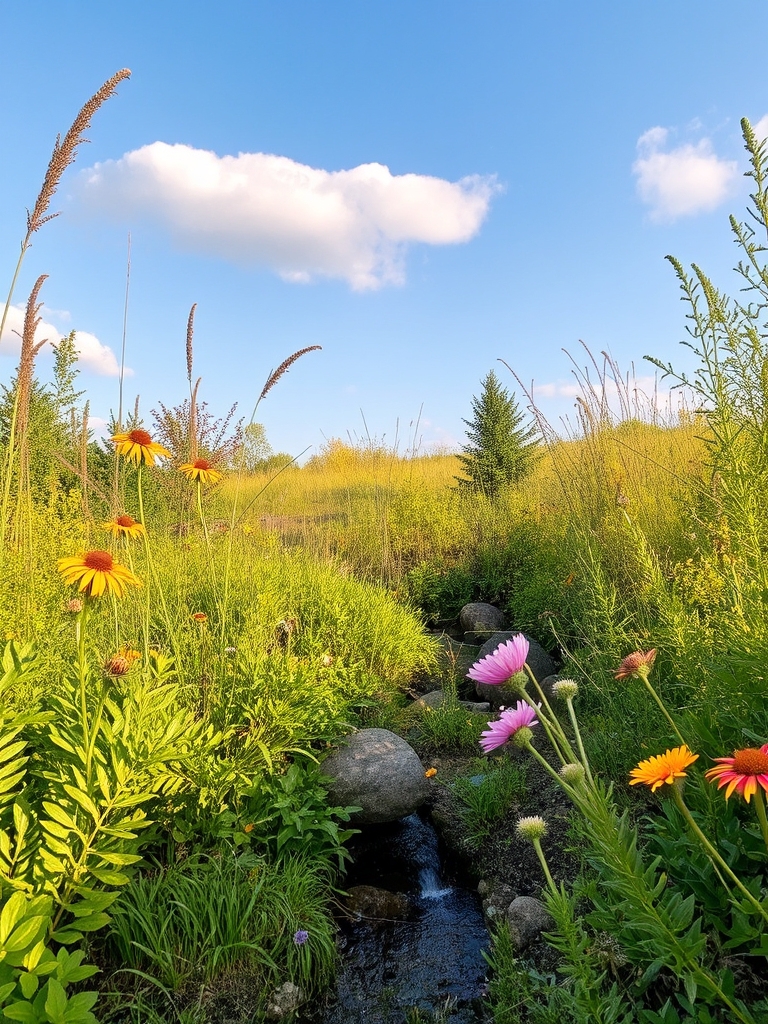
Selecting the right plants is vital for a thriving rain garden. Choose native plants, shrubs, and flowers that can tolerate periodic flooding and dry spells. Consider plants with deep roots to help absorb and filter rainwater, reducing stormwater runoff and improving water quality. Native plants like black-eyed Susans and coneflowers are ideal options.
Designing Your Rain Garden for Maximum Impact
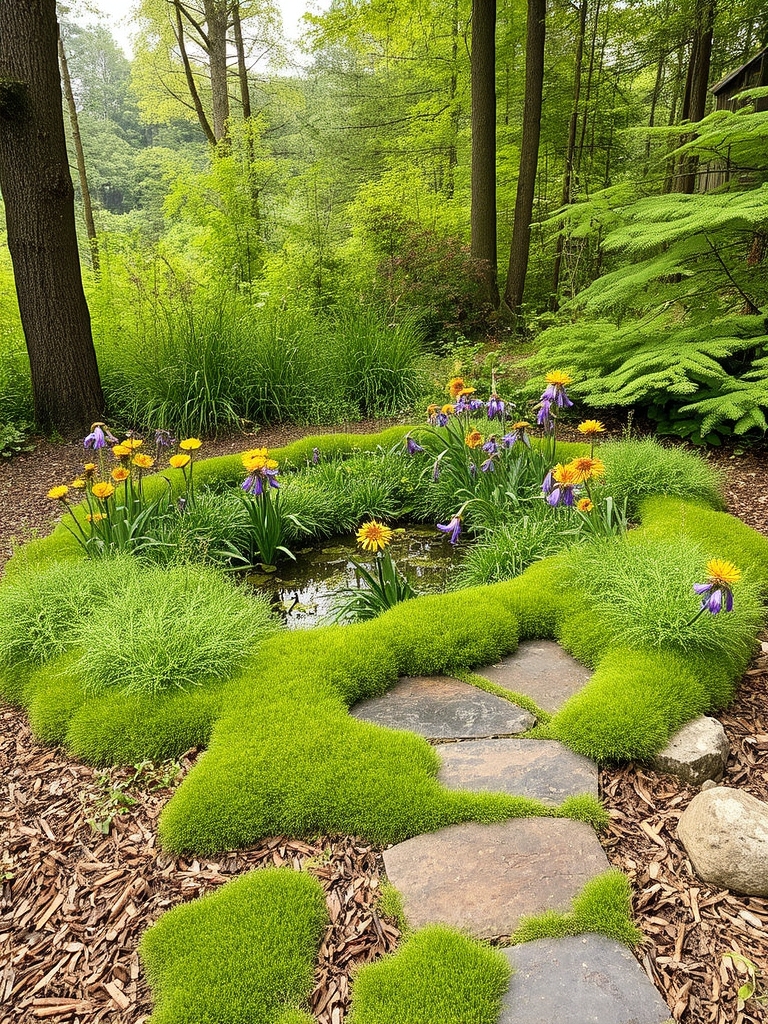
Designing a rain garden requires careful consideration of size, shape, and plant selection to maximize its impact. A depression in the ground collects and filters rainwater, reducing stormwater runoff. Choose native plants and flowers that thrive in wet conditions, and guarantee the garden is at least 10 feet away from building foundations to prevent water damage.
Understanding Stormwater Runoff and Its Effects
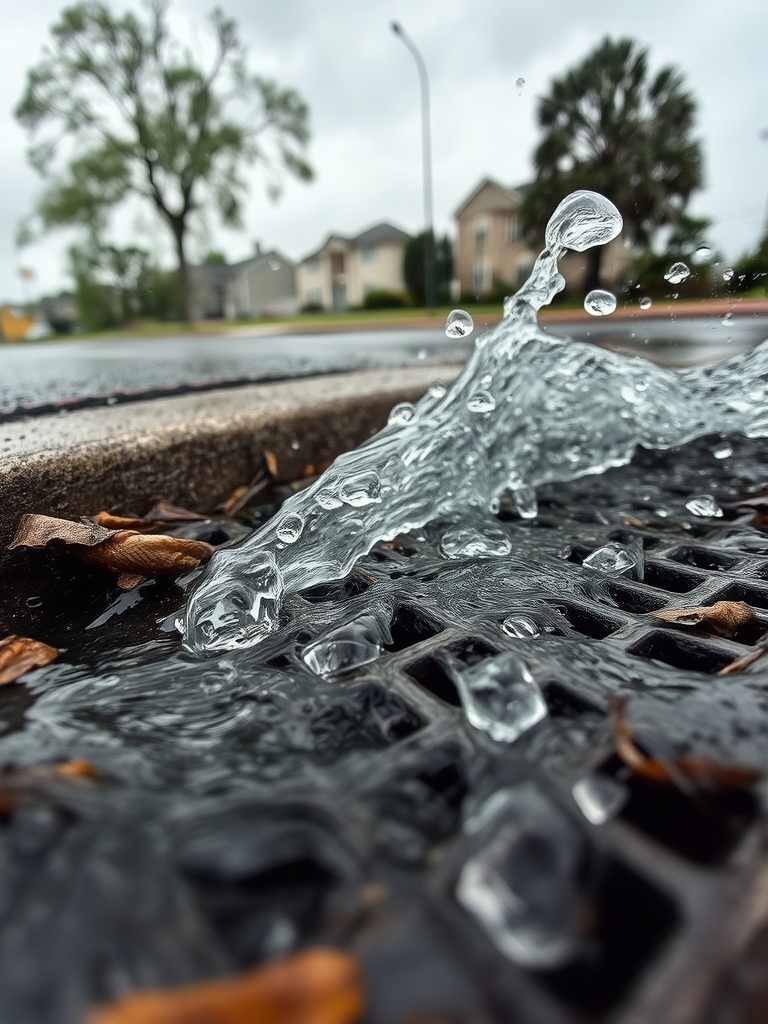
Stormwater runoff is rainwater that flows over land into waterways, carrying pollutants and sediment. It can cause erosion, flooding, and water quality issues, harming aquatic life and ecosystems. Understanding stormwater runoff is vital for effective rain garden design, which aims to mitigate its negative effects and promote sustainable water management practices.
Building a Rain Garden on a Budget

Building a rain garden on a budget requires planning and creativity. Choose low-cost plants, reuse materials like old bricks or stones, and consider a small garden size. DIY installation and mulching can also help reduce expenses, making it possible to create an effective and attractive rain garden without breaking the bank.
Creating a Rain Garden in a Small Yard or Space
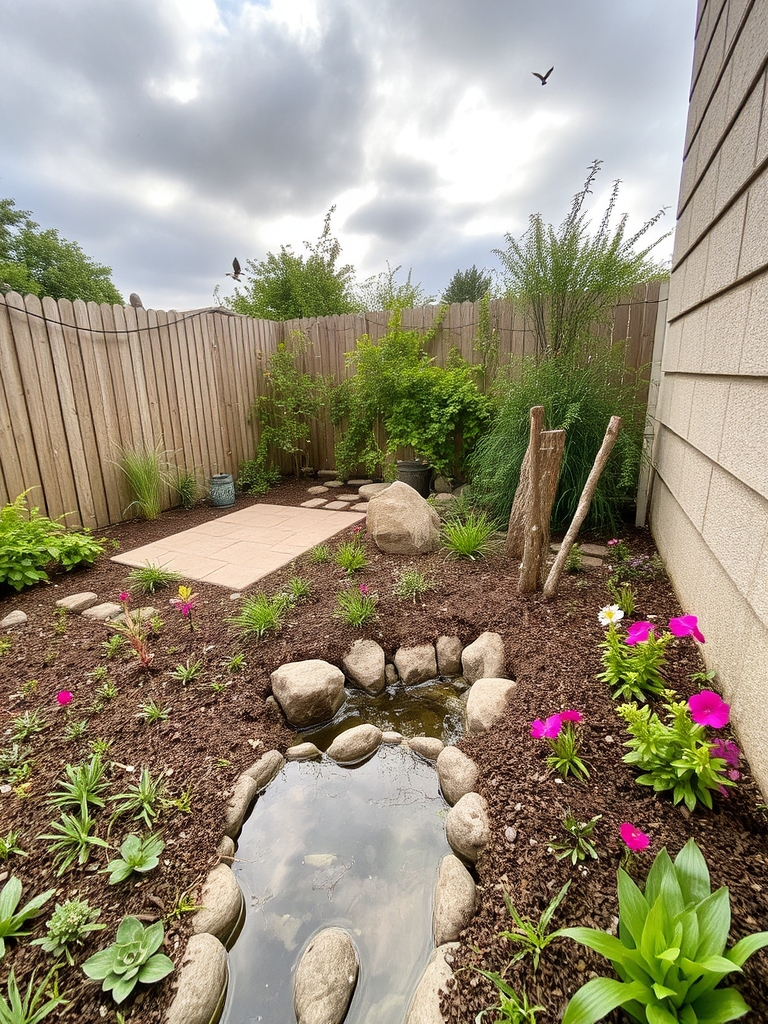
Creating a rain garden in a small yard or space requires careful planning and plant selection. Choose compact, low-maintenance plants and consider a mini rain garden or bioswale to maximize space efficiency. Consider the slope and drainage of the area to guarantee proper water flow and infiltration.
Incorporating Rain Barrels and Cisterns Into Your Design

Incorporating rain barrels and cisterns into your rain garden design can help collect and store rainwater for irrigation and other non-potable uses. This reduces stormwater runoff and decreases the demand on municipal water supplies. Properly sized and installed, these systems can be a valuable addition to your rain garden, increasing its effectiveness and efficiency.
Troubleshooting Common Rain Garden Problems
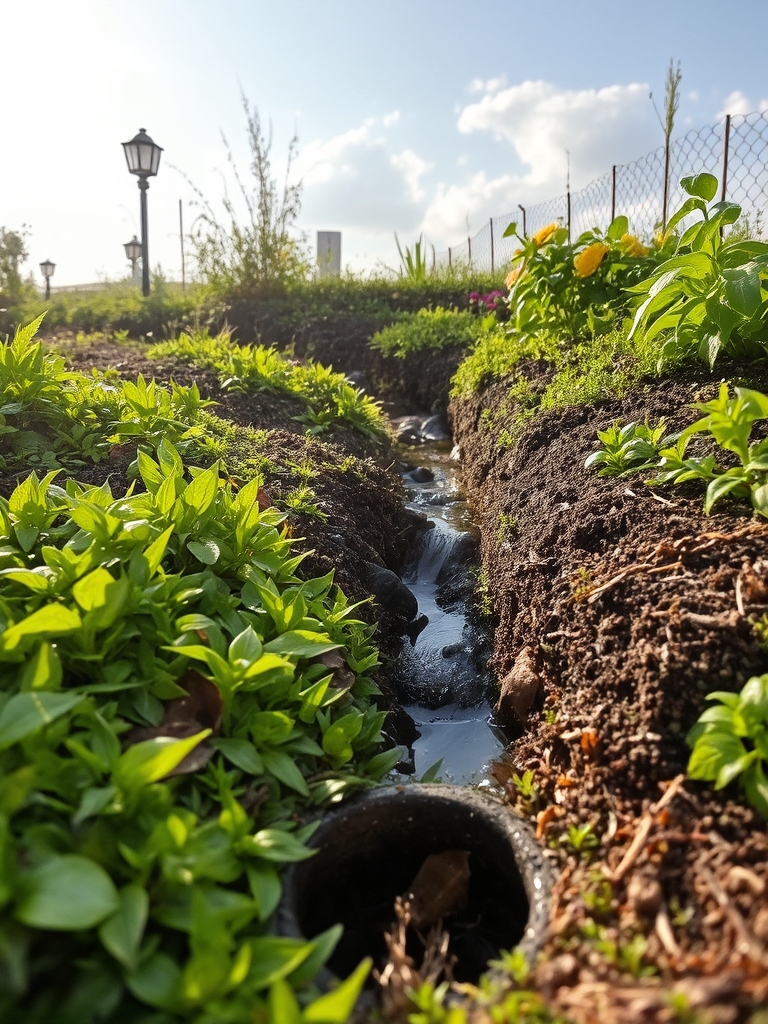
Identify and address common rain garden issues such as poor drainage, erosion, and plant death. Check for clogged drains, guarantee proper grading, and select suitable plants for the specific climate and soil conditions to resolve these problems and maintain a healthy rain garden. Regular maintenance is also vital.
Conclusion
You’ve crafted a vibrant oasis, a rain garden that’s a symphony of native plants, a haven for biodiversity. As stormwater flows in, your garden’s deep roots drink in the deluge, filtering and absorbing, a natural harmony. With regular upkeep, your thriving rain garden will bloom, a resilient gem, mitigating runoff’s impact, a technical masterpiece.
